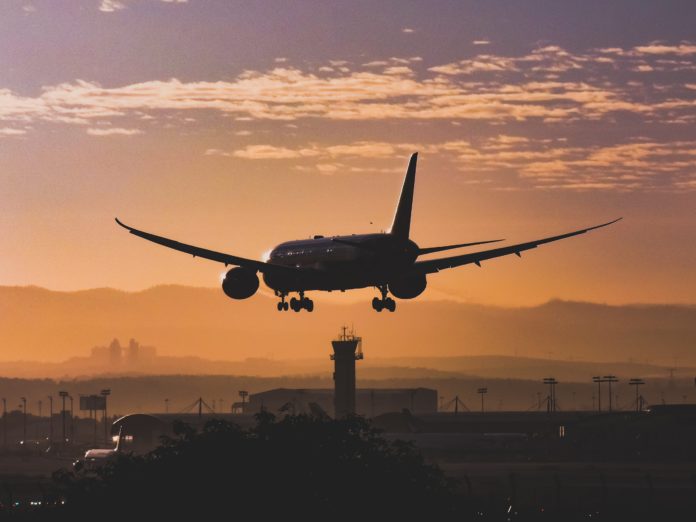The pandemic and pandemic-related restrictions have further accelerated online sales growth, with Asia Pacific leading the charge. In 2020, e-commerce comprised half of the retail sales in Asia Pacific, and is expected to grow by 10 percent to 61 percent in 2025.
This growth can be attributed in part to social e-commerce – the business of selling goods online through people’s social networks – particularly in China and emerging countries in Southeast Asia such as the Philippines.
The e-commerce sector in the Philippines has seen a surge in the midst of the pandemic, contributing 3.4%, or US$12 billion, to the country’s GDP in 2020, with the goal to increase e-commerce revenue to US$24 billion, or 5.5% of GDP, by 2022.
In light of this, DHL Express has expanded its airfreight capacity to cater to rising intra-Asia demand and between Asia Pacific and the U.S. The additional flight routes allow DHL Express to increase delivery speed amidst rising shipment volume in Asia Pacific.
Following the recent introduction of a newly converted B737-800 freighter that connects Hanoi, Hong Kong and Bangkok, a B737-400SF operated by K-Mile Asia that flies six times a week between Hong Kong and Bangkok, has been added.
Furthermore, Air Hong Kong has added a sixth flight rotation to the two existing routes powered by the A300-600: Beijing-Hong Kong-Beijing, and Hong Kong-Cebu-Manila-Hong Kong.
To cater to the intercontinental cargo demand, an aircraft, operated by AeroLogic, the joint venture cargo airline of DHL Express and Lufthansa Cargo, will fly six times a week from DHL Express’ Central Asia Hub in Hong Kong to Cincinnati Hub in the U.S. This B777F aircraft is part of a recent delivery of the original order of 14 aircraft made in 2018.
“We are investing close to EUR 750 million in our ground infrastructure and air network in Asia Pacific to ensure we respond nimbly to changing market needs,” said Ken Lee, CEO, DHL Express Asia Pacific.
“As economies recover from the global pandemic and income levels rise, we expect intra-Asia market to grow substantially, with a corresponding increase in demand for express logistics services propelled by the thriving e-commerce sector.”














